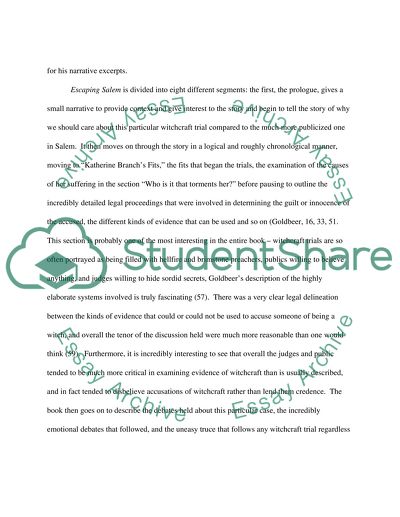Cite this document
(“Escaping Salem the Other Which Hunt of 1692 Book Report/Review”, n.d.)
Retrieved de https://studentshare.org/history/1437617-escaping-salem-the-other-which-hunt-of-1692
Retrieved de https://studentshare.org/history/1437617-escaping-salem-the-other-which-hunt-of-1692
(Escaping Salem the Other Which Hunt of 1692 Book Report/Review)
https://studentshare.org/history/1437617-escaping-salem-the-other-which-hunt-of-1692.
https://studentshare.org/history/1437617-escaping-salem-the-other-which-hunt-of-1692.
“Escaping Salem the Other Which Hunt of 1692 Book Report/Review”, n.d. https://studentshare.org/history/1437617-escaping-salem-the-other-which-hunt-of-1692.


